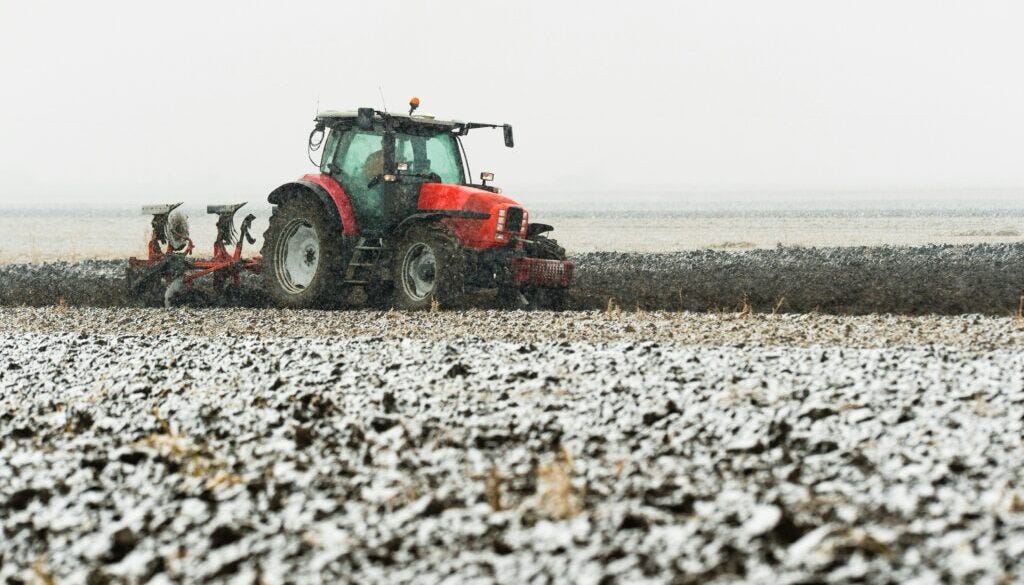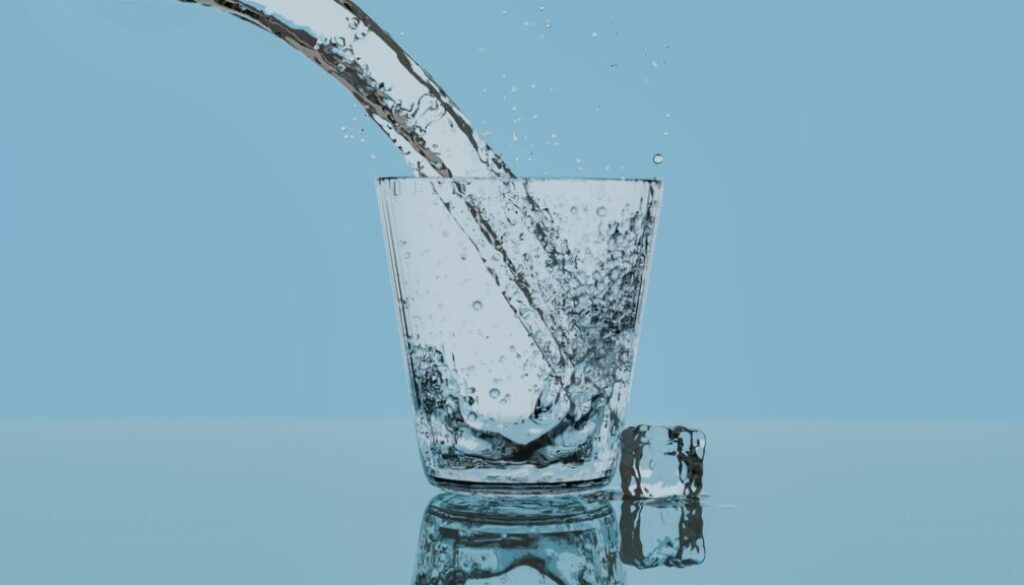Must-read recap: The New Lede's top stories
Opposition to fluoride in drinking water; food outbreak illnesses; microplastics in Antarctica; dicamba debate; high-stakes PCBs hearing; understanding fluoride risks.
It’s not just RFK Jr — Opposition to fluoride in drinking water grows
Opposition to the US practice of adding fluoride to drinking water supplies has been growing as more evidence accumulates linking fluoride exposure to potential harmful brain impacts in children. Now, the future of the practice could be in doubt, with last week’s confirmation of Robert F. Kennedy Jr. as President Trump’s Secretary of Health and Human Services (HHS).
Kennedy, an environmental health lawyer, has been calling for an end to fluoridation in public drinking water for years. And though it is the US Environmental Protection Agency (EPA) that has regulatory oversight of fluoride levels in water supplies, the HHS plays a role in policy by publishing recommendations for fluoridation that many states follow.
An HHS task force currently recommends fluoridation based on “strong evidence of effectiveness in reducing tooth decay.”
But that could change. In his new role, Kennedy is widely expected to push for guidance against fluoridation. (Read the rest of the story.)
Illnesses and deaths from food outbreaks skyrocketed in 2024, report finds
Hospitalizations and deaths from foodborne illnesses more than doubled in 2024 over the prior year, with most people sickened in a small number of high-profile outbreaks involving lunch meat, eggs, cucumbers and other commonly consumed foods, according to a report published last week.
The report comes as some US lawmakers are pushing legislation that would bar the US Department of Agriculture (USDA) from implementing a new regulatory framework proposed under former President Joe Biden aimed at addressing Salmonella contamination in raw poultry.
A total of 1,392 were sickened from contaminated food in 2024, up from 1,1118 people in 2023, and the health impacts of the outbreaks was more severe, with 487 people hospitalized last year compared to 230 the previous year. Nineteen people died after eating contaminated food in 2024, compared to eight in 2023, according to the report. (Read the rest of the story.)
Microplastic pollution found “pervasive” in Antarctic snow
New research has found significant levels of tiny microplastics within Antarctic snow from multiple locations across the world’s most remote wilderness, findings that reinforce concerns that no part of the planet is safe from plastic pollution.
The paper, published this month in Science of the Total Environment, provides evidence that earlier studies have underestimated the extent of microplastic contamination in the region.
The first such study on the subject, published in 2022, found an average of 29 particles per liter of snow sampled. The new study, which used techniques that allow for greater detection of tiny materials, found that “microplastics were pervasive” at more than 3,000 particles per liter, with an average of around 800 particles. About 95% of these bits were under 50 microns, slightly smaller than the average width of a human hair. (Read the rest of the story.)
“We need it” — Debate over dicamba herbicide in hands of Trump’s EPA
Patsy Hopper dreamed of a home in the country with a garden and lots of trees. What she didn’t count on were the herbicides that would come drifting in, year after year, from the farmland around her, killing vegetables in her garden and wildflowers in the ditches and curling the leaves of the trees she had planted.
“I have a lot of trees dying,” said Hopper, who lives five miles from Urbana, Illinois. “I don’t think they’ll survive.”
Hopper isn’t alone. A popular weed killer called dicamba, which is used in growing crops such as soybeans and cotton, has in recent years become notorious for inflicting widespread damage well beyond the fields where it is sprayed. Dicamba drift, as it’s called, has harmed other farmers’ crops, as well as vegetable gardens, orchards, and natural vegetation. The damage has spawned lawsuits and caused hard feelings in rural communities. It even led to the killing of an Arkansas farmer in 2016. (Read the rest of the story.)
High-stakes hearing to debate state law limiting PCB injury claims
Lawyers for three teachers in Washington state faced off against attorneys for the former Monsanto company in a key court hearing last week over alleged PCB-related injuries that could impact similar cases nationwide.
The teachers won a $185 million verdict in 2021 against Monsanto-owner Bayer AG for health problems they said were caused by their exposure to toxic polychlorinated biphenyls (PCBs) in fluorescent lighting in the school where they worked. They alleged Monsanto concealed the dangers of PCBs to elevate company profits.
An appeals court overturned the verdict, then last year the plaintiffs asked the Washington Supreme Court to review the case on three issues, including whether or not a state statute that gives plaintiffs only 12 years to bring product liability claims is constitutional. (Read the rest of the story.)
Fluoride in drinking water — what the public needs to know
(Opinion columns published in The New Lede represent the views of the individual(s) authoring the columns and not necessarily the perspectives of TNL editors.)
(Tom Theimer is a water safety activist affiliated with Dallas for Safer Water.)
After decades of debate, there no longer is any doubt that the widespread US practice of adding fluoride to drinking water is posing risks to our health.
The evidence that makes this clear has accumulated over many years, with much of it laid out in court files after a group of non-profits and individuals sued the Environmental Protection Agency (EPA) under the Toxic Substances Control Act (TSCA) to end water fluoridation, alleging that fluoride’s neurotoxicity posed an unreasonable risk to human health.
The litigation led last year to a federal court ruling that fluoridated water is not safe. US District Judge Edward Chen stated in his September 24 decision that it was “proven” that “water fluoridation at the level of 0.7 mg/L” “presents an unreasonable risk of injury to health or the environment”. (Read the rest of the opinion column.)








